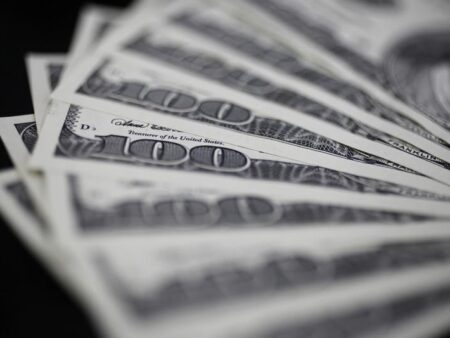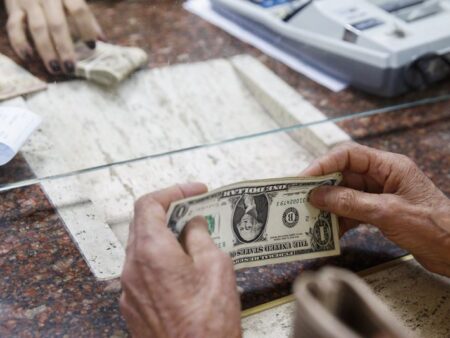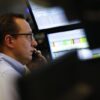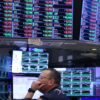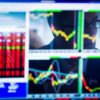Investing.com — UBS strategists expect the US dollar “to stay stronger for longer,” citing robust US economic activity and ongoing tariff concerns impacting other regions.
Monday saw the (DXY) soar to its highest level since November 2022, trading above the 110 mark during the session. This represents a roughly 9% appreciation since late September.
The US dollar’s recent strength has been bolstered by better-than-expected domestic data, including nonfarm payrolls and the services sector purchasing managers’ index. These positive indicators have led to a decrease in the anticipated number of Federal Reserve rate cuts this year, with the consequent rise in US yields lending broad support to the USD.
While US economic data is expected to remain solid in the near term, the outlook for Europe is less optimistic, with subdued growth prospects.
Although growth in China is forecasted to accelerate to 5% year-over-year for the fourth quarter, the threat of US tariffs poses a significant risk. Political and economic uncertainties in South Korea, the European Union, and the UK have been linked to weakness in their respective currencies.
According to UBS, potential monetary policy divergence is among the key factors that could further propel the dollar upward in the near term.
While the Fed is expected to cut rates by a total of 50 basis points in the second and third quarters, the European Central Bank is projected to reduce rates by 100 basis points in the first half of the year.
“Policy divergence is a powerful driver of currencies, which leads to trending FX markets and the potential for overshooting exchange rates,” strategists led by Mark Haefele wrote.
The firm also points out that tariff risks may not be fully accounted for in the current USD valuation. Despite the dollar’s recent rally being largely attributed to solid US macroeconomic data, the introduction of new tariffs could drive the dollar even higher.
UBS suggests that if tariffs are implemented, the DXY could trade between 110 and 115, with significant impacts on other major currency pairs.
“If tariffs were to materialize, DXY could trade in a 110-115 range, could drop below parity, could slide below 1.20, and could move toward 0.94, in our view,” strategists noted.
However, the investment bank believes that the story of 2025 could be a tale of two halves, with the dollar strength in the first half of the year potentially reversing in the second half.
The current trading position of the USD, which is considered strongly overvalued and shows the highest level of dollar net length since 2015, supports this view.
UBS’s revised forecasts for the EUR/USD pair reflect this expected trajectory. Strategists expect the pair to trade at 1.00 in March, 1.02 in June, and 1.06 in December 2025.
In the case of China, despite the possibility of dramatically higher effective tariff rates, the CNY has only partially priced in this risk, with UBS reiterating its forecast for the to reach 7.50 by June.






